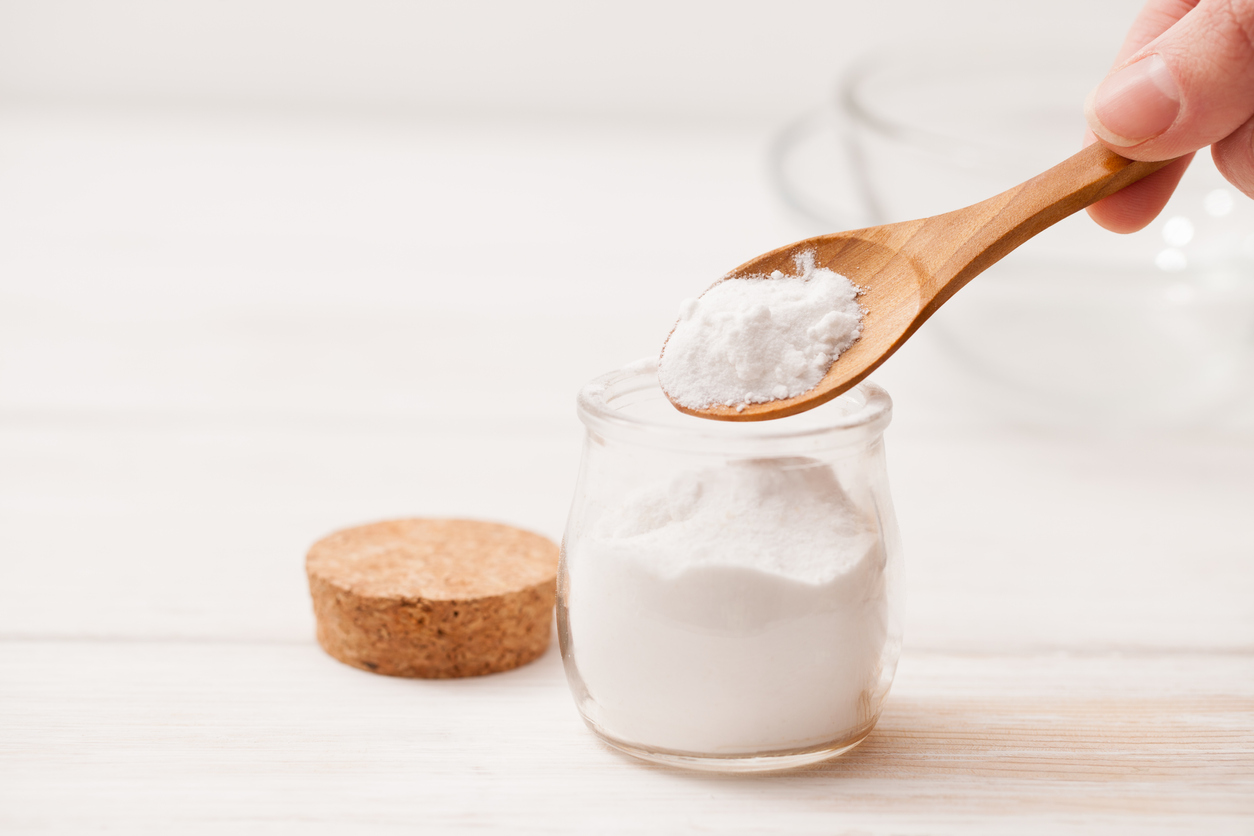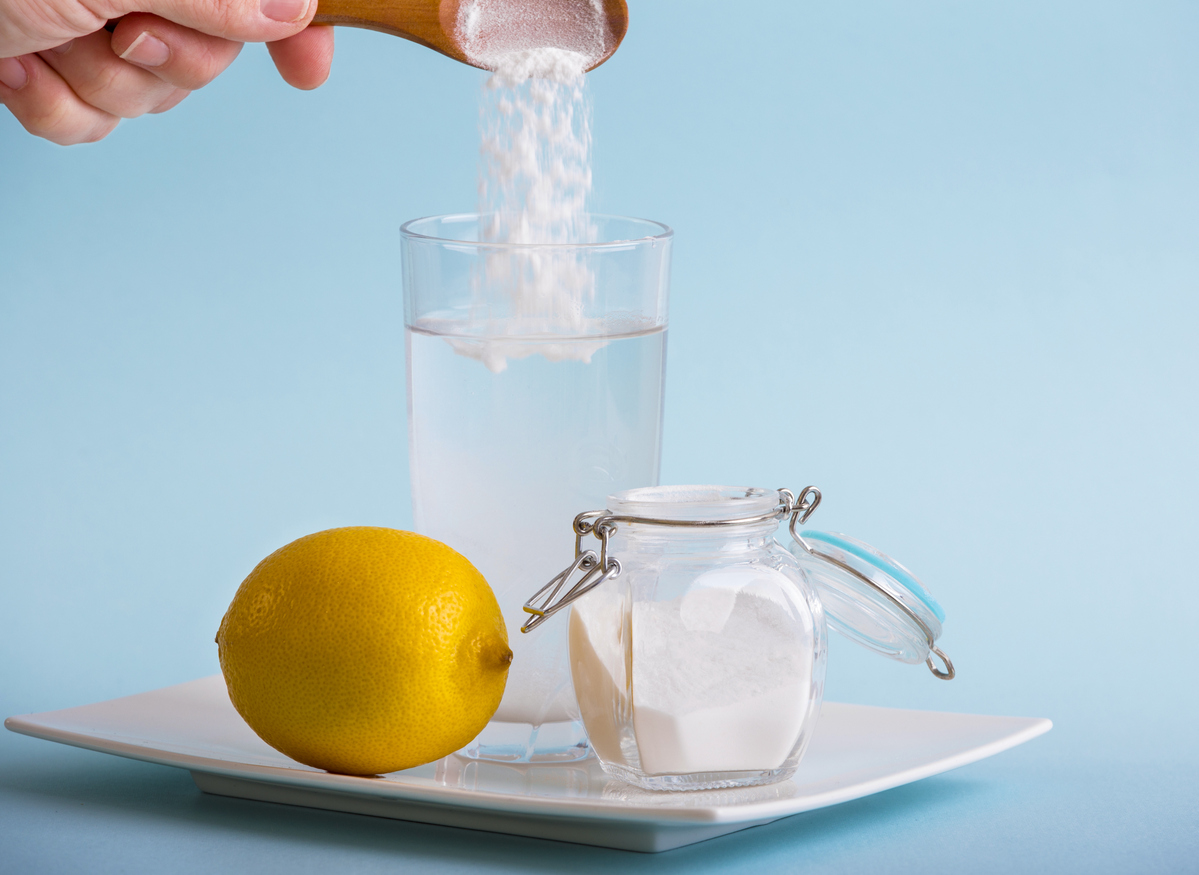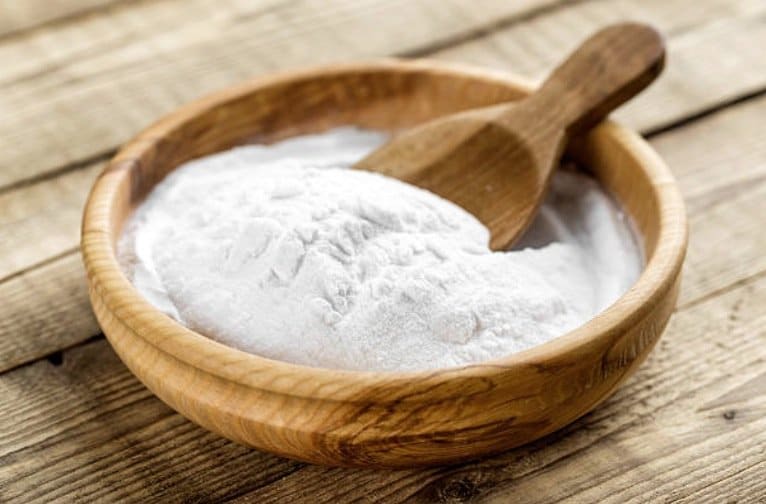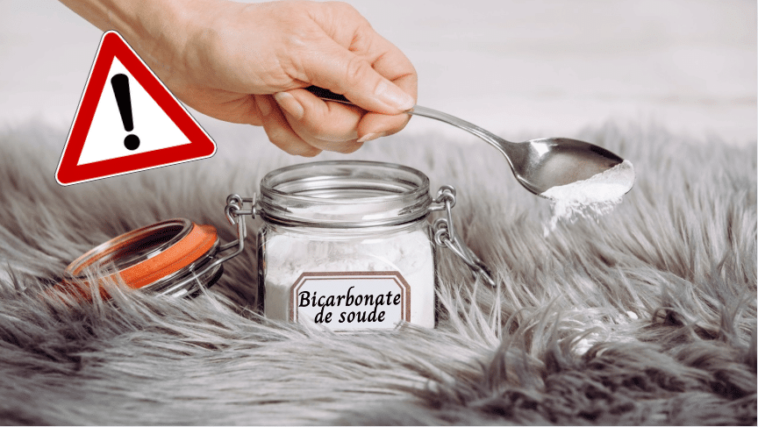Just like white vinegar, lemon juice, black soap, Marseille soap, citric acid or even soda crystals, baking soda is one of these essential ecological and economical household products for maintenance of all surfaces in the house. It is therefore commonly used in many homes around the world, especially since this multi-use works as well as a cleaning agent in the kitchen, for personal care or even as a natural remedy. However, if used incorrectly or combined, your bicarbonate, a priori harmless, can contain certain dangers often unknown to the general public. We have already covered the things that you cannot clean with this cleaning product. In this article, now discover the potential negative effects and precautions to take when using it to avoid unwanted reactions.
Danger 1: not using the right bicarbonate
Certainly, baking soda is a natural product. However, this does not mean that it can be used in any way. To see clearly, let’s review some of the nominations. First of all, know that baking soda and sodium bicarbonate are exactly the same product. The rest will strictly depend on your use:
-If you don’t plan to use it only for cleaning and replace all commercial household products, whether to unclog pipes, scrub the bathroom, deodorize textiles or prepare your homemade laundry, the so-called technical grade bicarbonate is the one you need. Be careful, however, because technical bicarbonate should not never be ingested or applied to the skin. It indeed has the advantage of being more powerful and cleansing, but is also less pure. It may therefore contain residues of heavy metals and impurities unfit for consumption.
-For beauty, health and household use (in short, to benefit from the versatility and all the benefits of bicarbonate!), it is the food grade baking soda that you will need. You can cook and ingest it as well as apply it to your skin and clean with it. It’s the one to have for making homemade deodorant, replacing baking powder in a cake and relieving your heartburn.
-Finally, nothing stops you from taking pharmaceutical bicarbonate for your natural remedies or cosmetics. It will be purer and qualitative, but also more expensive and not necessarily more effective than food.

Danger 2: confusing bicarbonate with another powder
In the cleaning products section, the white powders follow one another and look very similar. Their names also have similarities, so that it is not not always easy not to confuse them. For example, soda is a dangerous and irritating product. As for sodium percarbonate, a close cousin of bicarbonate, it cannot be ingested or brought into contact with the skin. More powerful than bicarbonate in removing stains from laundry, it also has whitening power that its cousin does not have. Percarbonate is therefore a very useful powder to have, but which you will not be able to interchange with other products. To avoid pitfalls, keep the original packaging or label your products well. You can also store them separately for added safety.
Danger 3: a risk of interaction with your medical treatment
It is often recommended to take baking soda internally. This helps calm acid reflux or improve digestion. However, when following medical treatment or suffering from an identified pathology, it is always wiser to consult a trusted doctor or pharmacist before taking any treatment. Whether it is alternative medicine or conventional medicine, self-medication can present risks et cause interactions with your medications. Even if the risks are minimal in the case of this traditional white powder, they should not be ignored.

Danger 4: Excessive use poses risks
It is often estimated that it is from 200 to 300 g ingested that it begins to be dangerous. However, without going so far as to swallow the entire package, this product remains very salty. As such, it should be limited in people sensitive to excess sodium (salt-free diet, hypertension, etc.).
Its use can also become problematic in the case of daily consumption over an extended period of time or in large quantities (more than 5 to 10 g per day). This exposes you to the risk of headaches, diarrhea or even nausea and vomiting. Some more serious cases are associated with swelling of the legs, convulsions or even kidney failure. It is therefore important not to overuse it, to follow the recommended doses and treatment durations, and to consult a health professional to treat any long-term problem.
Also be careful with its excessive use on tooth enamel. Do not exceed one use approximately every ten days to whiten your teeth (once per month for sensitive and weakened teeth).
Danger 5: caution in pregnant women and young children
Unless medically advised otherwisebaking soda is not recommended for internal use in pregnant women and children under six years old. It is also better to avoid its use in cases of stomach ulcer, blood pressure, pulmonary edema, heart or kidney failure, liver disease, respiratory acidosis or metabolic alkalosis.

Danger 6: side effects sometimes ignored
Although this is rarebicarbonate may have side effects in some people. Note for example swelling of the feet, ankles and hands, dizziness, muscle pain or even weight gain when used internally. There are also allergy risks which may cause itching, pimples, hives, swelling (tongue, lips or face) and difficulty breathing. So do not hesitate to do an allergy test before using it and to stop using it internally in the event of an unpleasant reaction. If it irritates your skin, protect your hands with gloves before using it to clean.


